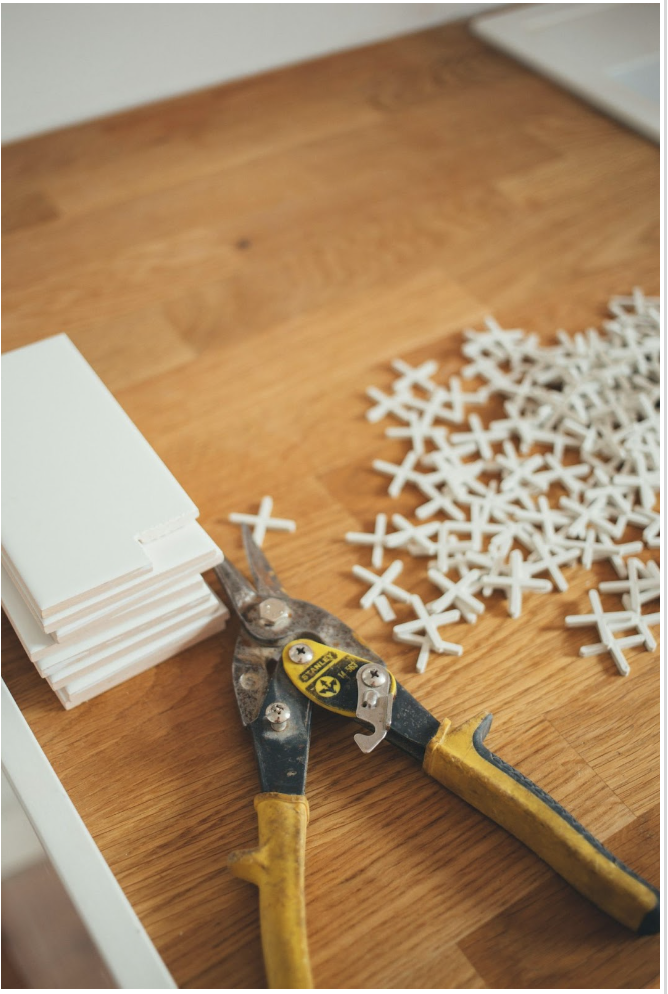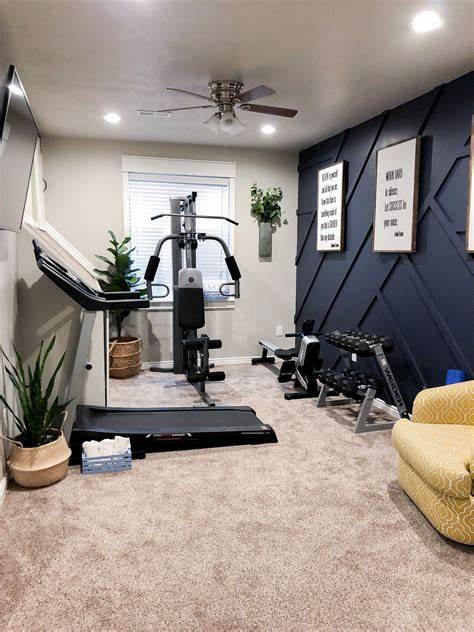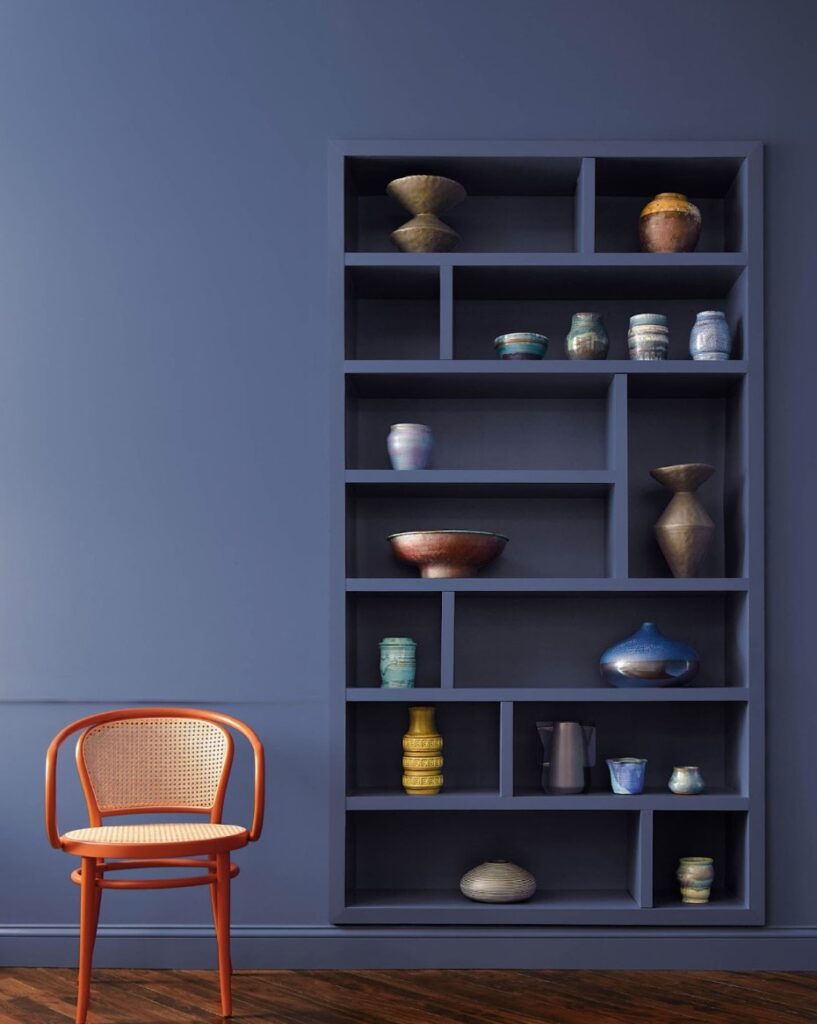Who says a home improvement project has to last weeks?
If you can’t wait to get your hands dirty, remodeling your home, you don’t have to wait till spring…nor do you need to spend months working around dust and clutter.
In just a short time, you can transform your living space with these four easy and budget-friendly home improvement projects. Whether you are a seasoned DIY enthusiast or just looking for a quick way to refresh your home, these ideas are sure to inspire you.
Read More





